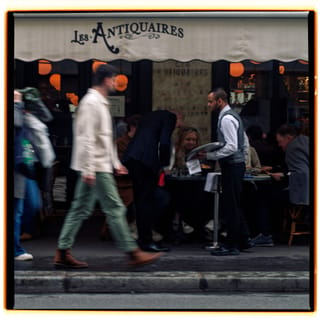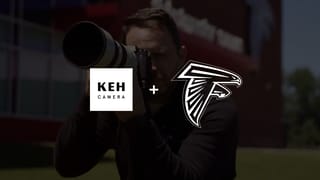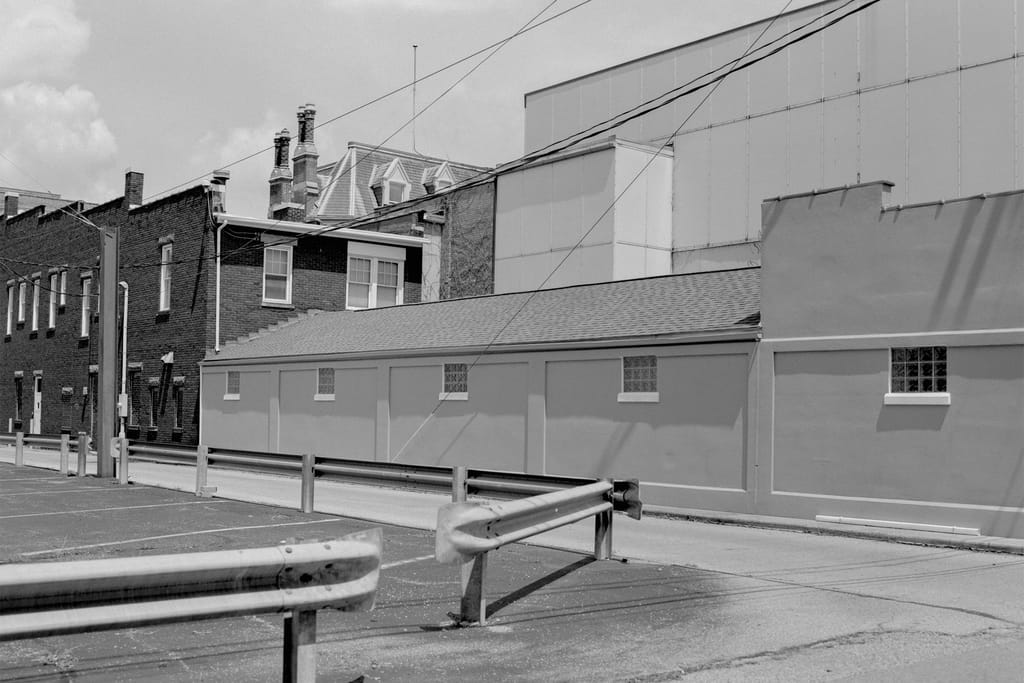
Recently, we got to connect with our long-time friend, photographer Matt Day, to discuss his new book, Surveyor. Keep reading for the full interview!
It’s fantastic to have you with us! Looking back on our early collaborations brings back some great memories—it’s been quite a ride, hasn’t it?
Thank you for having me! I’ve been working with KEH in various capacities for almost ten years at this point, it’s wild to think about. Grateful for the years!
To kick things off, for those who might be new to your work, could you introduce yourself? How would you describe who Matt Day is and what drives your passion?
For sure! My name is Matt Day, I’m 33, and I’m a photographer from Chillicothe, Ohio. I’m a husband and father to three kids and I guess I would describe myself as someone completely obsessed with photography. The process of it, the purpose it serves, everything about it. I’ve just been obsessed with it for twenty years now and now I try to share that same passion through the videos.
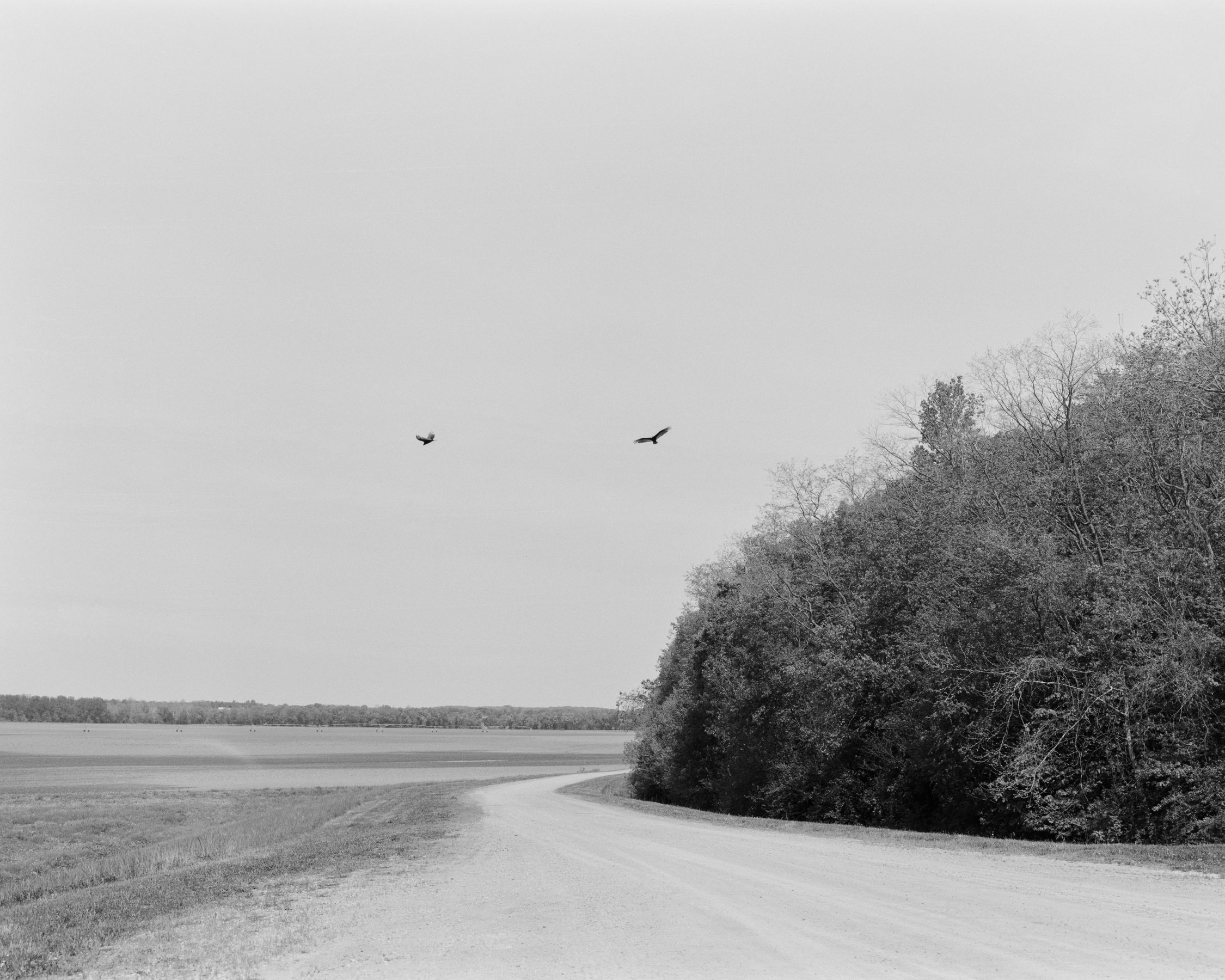
I’ve seen how much your family influences your work and videos. What is it about photography that first captivated you and keeps you inspired to capture moments with your loved ones?
I was given a camera at the age of thirteen. It’s a bit of a long story, but my brother was paralyzed from a bull attack when he was seventeen. While he was in the hospital for a while, I was given a camera by a family member. They knew I was staying with different relatives week to week, kinda bouncing around for a bit while my parents had their hands full. So the idea was for me to use the camera for the sake of documentation, a way for me to share pictures with my family when I was with them and also document my brother’s recovery. They knew I always had an interest in cameras; I already had a little Hi8 tape camcorder at the time, and I would videotape everything me and my friends were doing. Ya know, this was peak Jackass time in the early 2000s. But then with a stills camera, a little Kodak EasyShare, I think it was 3 or 4 megapixels, it had a little 4×6 printer dock so I would visit my family with pictures of everything I was doing. From the start, it was all about documentation, and I fell in love with that purpose. Preserving stories and memories, being able to revisit and share those with people, it was that way with my friends and family at 13 and now at 33, a wife and three kids of my own, life moves at a totally different speed, and I feel like I’m trying to preserve as much as I can.
Given your experience with photo books and zines, what sparked the idea for Surveyor? What made this project stand out for you?
I always like to find a “why” for photography, and usually, the end goal of a book or zine is a place for the photos to live when it’s all done; that’s usually the driving force behind any projects I pursue. So, with Surveyor, it was about giving myself a year or so to photograph my hometown and see what comes through. My previous book, Friend of Mine, was kind of a way of sticking up for my hometown, an area I loved and felt was often overlooked, and those were all made about 8 years prior to starting the work on Surveyor. I knew myself and the landscape itself had changed so much in that time frame that I wanted to see what it would look like to photograph “home” again with a new mindset and approach.
Diving into Surveyor, how did you approach capturing the images for this book? What was your strategy for tackling this project?
I really relied on noticing things when I wasn’t specifically leaving the house with the intention of photographing. No matter what I was doing, driving the kids to or from school, or going to buy groceries, I would just always have my camera and film with me. It was usually when I wasn’t looking for something in particular that I would stumble across a scene that was interesting. I’m used to always carrying a Leica rangefinder, something small and lightweight, but carrying a Pentax 67ii, a 75mm f/2.8, and a pocket full of film everywhere you go for over a year, I was ready for something lighter when the project was over.
You’ve done a remarkable job documenting Chillicothe. Can you share what this city means to you personally, and how your portrayal of it has evolved over time?
Thank you! I still feel like I’ve only scratched the surface. Each book or zine that I self-publish, I think about what I would do differently next time or how I would approach those same pictures differently if I could. It’s a never-ending lesson, there’s always more to learn. I don’t think I’ll be approaching any projects that are specific to Chillicothe for quite some time, but I know Surveyor isn’t my last book on Chillicothe. There are so many stories here that I want to tell and stories I don’t even know of yet. Again, there’s never really an end to it. But the city is important to me, I’ve lived here my whole life and have always loved it. Growing up, it was common to hear people talking about how they couldn’t wait to move to a larger city in Ohio. Columbus, Cincinnati, Cleveland, cities with more opportunities, more culture, just more to see. I can’t say Chillicothe is the place for everyone, I get it when people say they need more, it’s just never been that way for me. I love a smaller town, a slower pace day to day. I think I got lucky with the timing of social media and the internet, being able to photograph what I love and live where I’m happy, but still being able to share my work with people all over the world. People in cities and countries I couldn’t point to on a map have books and prints of Chillicothe in their home. That always blows my mind to think about. But as far as change goes, Chillicothe has changed so much over the last 12 or so years that I’ve really focused heavily on photographing it. Friend of Mine looks different than Surveyor and I think I approach it differently as a result. Buildings being renovated, streets being re-done, new buildings being built downtown, it looks and feels totally different whether you’re walking around, driving through, or flipping through a book of photos. Just going off of the photography itself, I think I feel better about the photos of Surveyor. From a character and atmosphere perspective, I think Friend of Mine may stand out a little more. It’s always going to keep evolving, for better and for worse, ya know. We work with whatever we’re given in photography.
Let’s talk about the challenges you faced during the shooting process. What hurdles did you encounter, and how did you navigate them?
Oh, the usual imposter syndrome that I can never seem to escape was the main hurdle. Just telling myself to trust in the process and that it was worth pursuing. I waited around six to eight months before developing any of the film, so that was a little nerve-wracking. Staring at dozens of rolls of exposed film, hoping my camera didn’t have any light leak or shutter issues, was a little anxiety-inducing, but once I started developing the film, seeing what I was actually working with, made it a little easier to start piecing the puzzle together in the process. Also just finding the time, it’s really easy for life to get busy, especially with kids. There’s always something far more important to be doing than roaming around looking for pretty pictures. That goes back to just always having my camera with me; I couldn’t rely on free time to be out with my camera; I had to just be ready for it when I saw something.
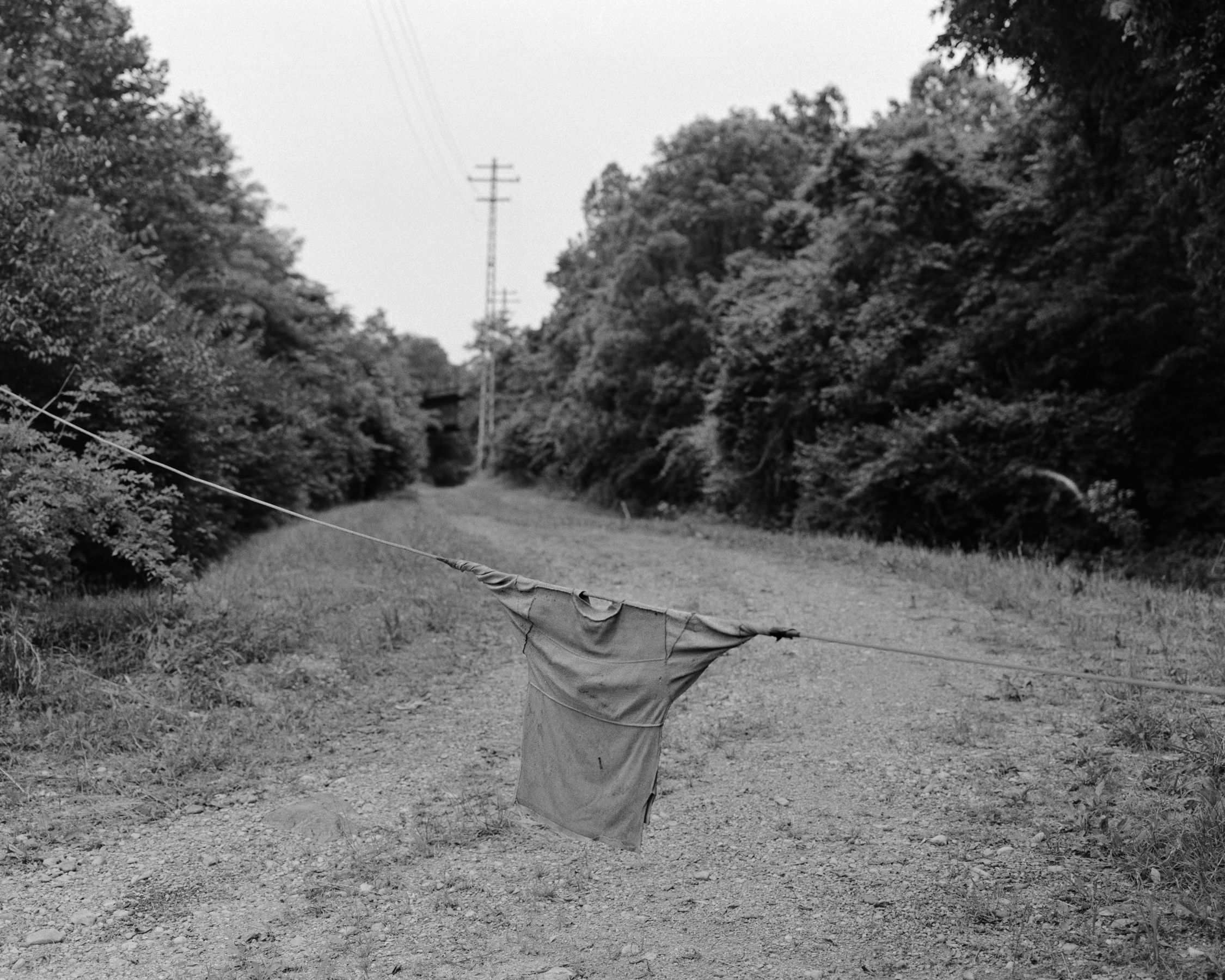
Once you got past those challenges, how did you go about arranging the images? What was your thought process for creating a cohesive narrative?
Most of my approach came down to the routes I was going day to day, whether it be by foot or in the truck, I was frequenting a lot of the same routes. So I tried to sequence the photos with this in mind, starting off by traveling by roads until I found way into town on foot, occasionally going back and forth between the two. But I tried to follow those routes and string the landscapes together that way, sort of following the same paths I would follow while I would be making the photos.
Speaking of selecting images, can you share a bit about your curation process? How do you decide which photos make the final cut?
Editing photos down is always a tough part of the process. It’s easy to let our own bias get in the way, sometimes the photos we really like just don’t translate the same way to a broader audience. So I tried to trust in a few close friends with this sort of thing. I would start with a massive folder of photos and whittle those down to a smaller amount. I would take that smaller amount of photos and send it to friends, asking for any feedback I can get without steering them in any directions. No context, no idea what photos I was really attached to, I just wanted their honest feedback. Photos they loved, photos they wouldn’t even consider including in the book, photos that go well together, I just wanted anything they noticed to be blurted out. I would take all of the feedback in and try to digest it, try to see from all sides, and then make my own decisions from there. The final decision is always mine, but making informed decisions with feedback from people I trust and admire, it’s immeasurable how important that part of the process is.
Out of all the images that made it into the book, do you have a personal favorite? What is it about that particular photo that makes it stand out to you?
I have a few personal favorites, but one of them has to be the tree that’s been cut down and is laying in the dirt along the river. The bark has been worn away on the tree and there’s actually a busted pumpkin scattered all around it on the ground. Most people assume it’s bark from the tree laying there, that’s actually what I imagined when I shot the photo, knowing it would be in black and white and on high speed film. From a distance, it gives that impression and I loved that feeling it gives off, but I actually follow this photo up after a few turns of the page. It’s the same scene but taken about 8 months later, so the foliage is different, the light is different, it adds another layer to that feeling of time and weathering. Without the second photo, I don’t know that it would have that same effect or impact, but it’s a personal favorite.
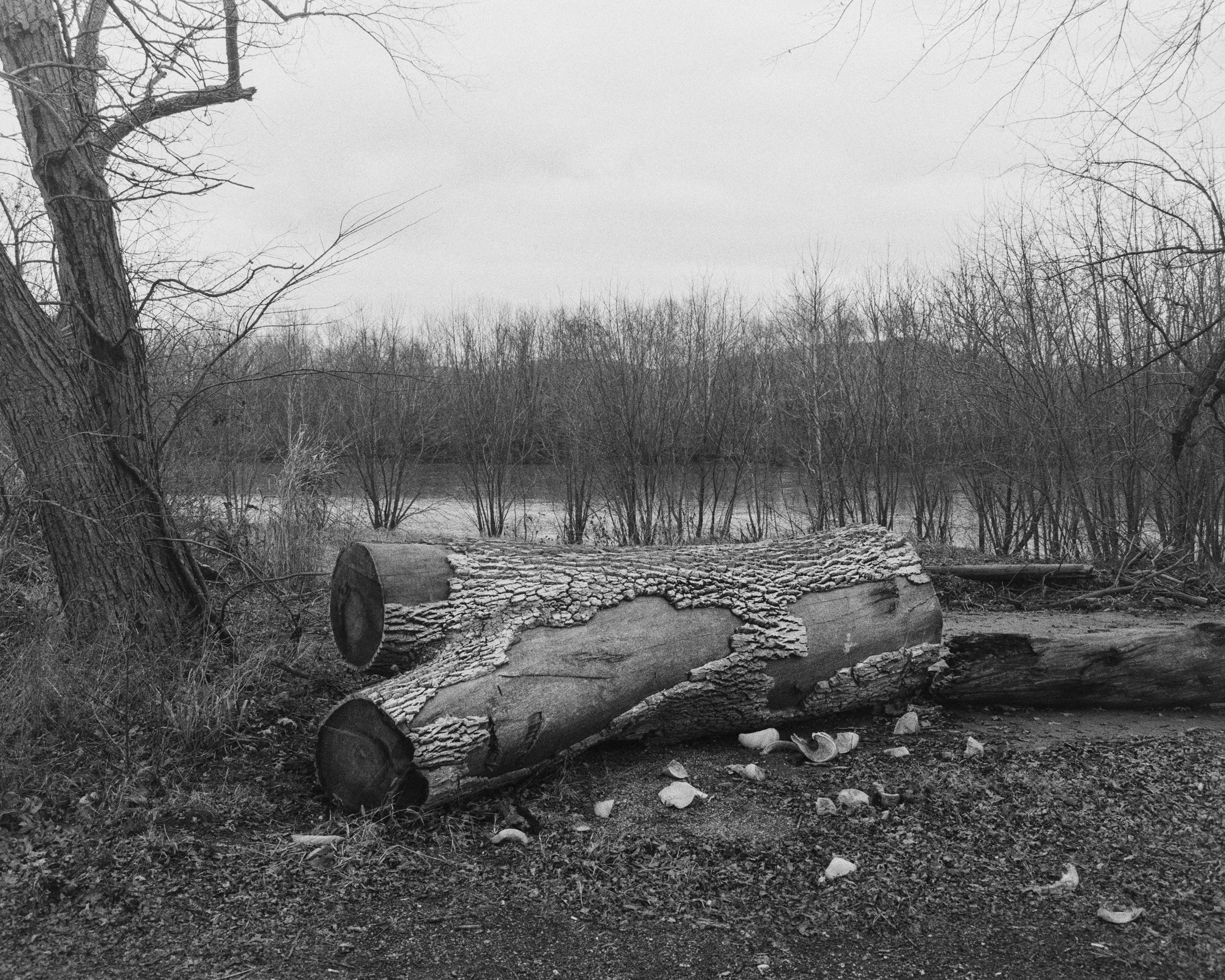
The photo of the t-shirt on the clothing line is actually my personal favorite. It feels so raw and authentic; it felt familiar and really grabbed my attention with its simplicity. What kind of emotions do you hope your photos will spark in your audience?
That’s another personal favorite for me! I’m glad you enjoy that one. I felt, and wanted to convey, this feeling of tension with that photo. You’re looking off down this path between the trees, but it’s gated off by this t-shirt on the wire and the sleeves are all twisted up tightly in the wire, almost like arms being pulled and twisted. There was just something about the scene that I was really drawn to, I actually photographed it twice because the first photos were just slightly out of focus. A few months after I went back the second time, the shirt had become so worn that it’s basically just a rag hanging there. Still like that to this day. I’m glad I shot it when I did.
For anyone interested in creating their own photo book, what advice would you give to get started?
Okay, these two pieces of advice might sound counterintuitive, but number one is start and number two is take your time. It’s incredibly easy to think of ideas for photo projects or books, it’s very hard to get started because you think you aren’t ready yet. You are. I promise, you’re ready to get started. But once you get started, take your time. Don’t rush things, don’t settle for less, the goal isn’t to finish the project. The goal is to make the project, the photos, the book that you really want to make. There is no template to follow. There are books that consist of photos made over the span of a decade, yet one of my favorite photo books consists of photos made over the span of one single morning. Look for inspiration, see how other books were made, but remember you can make it however you want to make it.
Who or what inspires you? Are there any photo books or photographers you’ve studied closely? Is there one source of inspiration that always fuels your creativity?
Always inspired by other artists and books. Sage Sohier, Tim Carpenter, Alec Soth, Mark Steinmetz, these are all photographers that are huge inspirations, especially when it comes to photo books. But that’s only a few, I get inspired from my peers just as much as I get inspired from the legends of photography. There’s so much great work already out there and great work being made every day. You can either be overwhelmed and intimidated by that or you can be inspired and want to join the conversation.
Lastly, what do you hope readers will take away from Surveyor?
I hope people can take away their story, their experiences, they can all be told. Everyone has a voice and the camera is a great way to express that voice. My day to day life is pretty simple, not flashy at all, but I still find things worth photographing and sharing from my personal perspective. I would encourage people to look inward and find those stories and experiences that they want to tell.
Thank you so much, Matt. It’s been great hearing about your journey with Surveyor. Wishing you all the best with the book!
Thank you for having me and for all of the support! I’ve said it over and over in YouTube videos, but KEH Camera and their support of the channel, it’s why I’m able to do what I do, so thank you for everything.
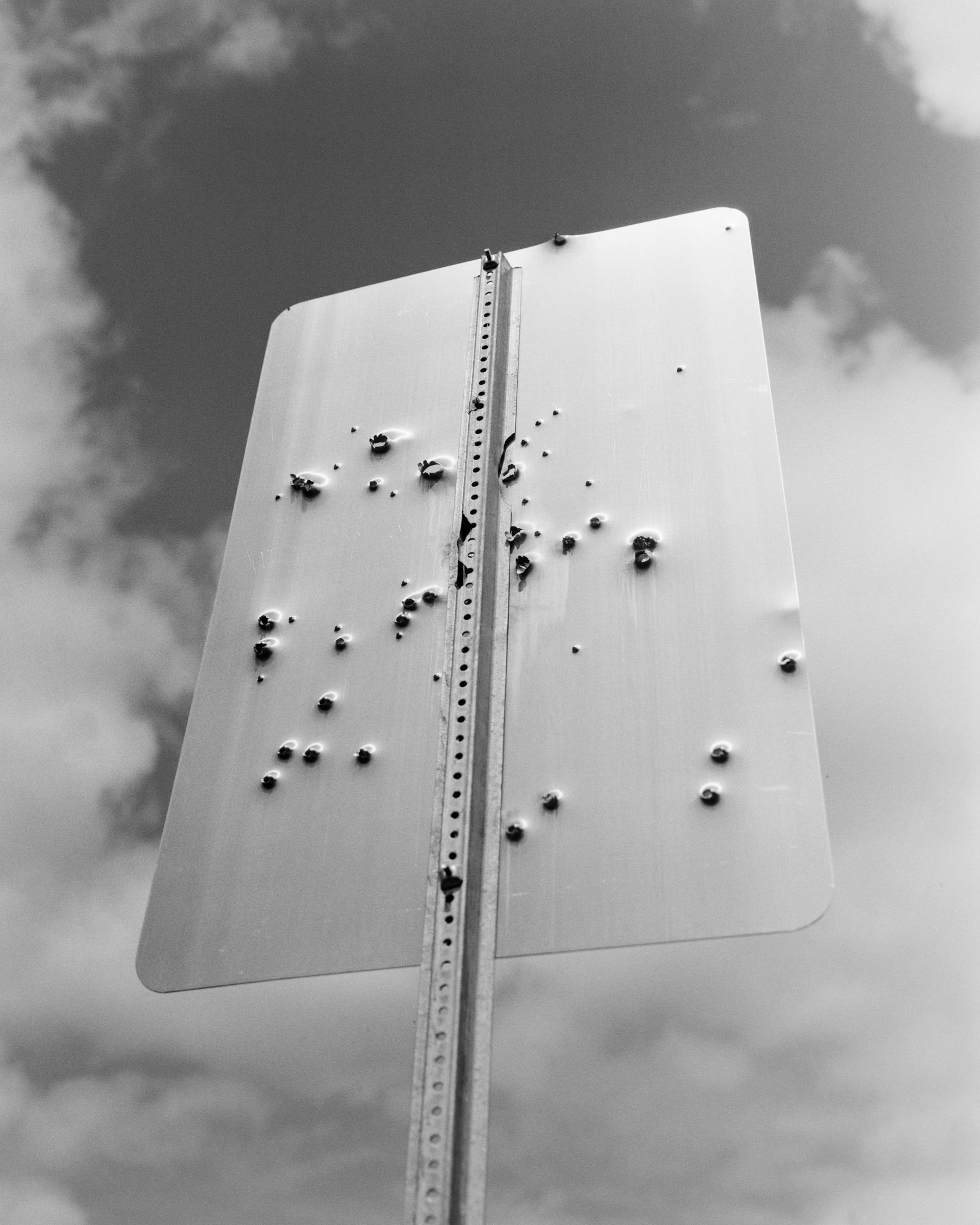
To check out more of Matt Day’s work, visit his Instagram @MattDayphoto and purchase his book Surveyor on mattdayphoto.com.


